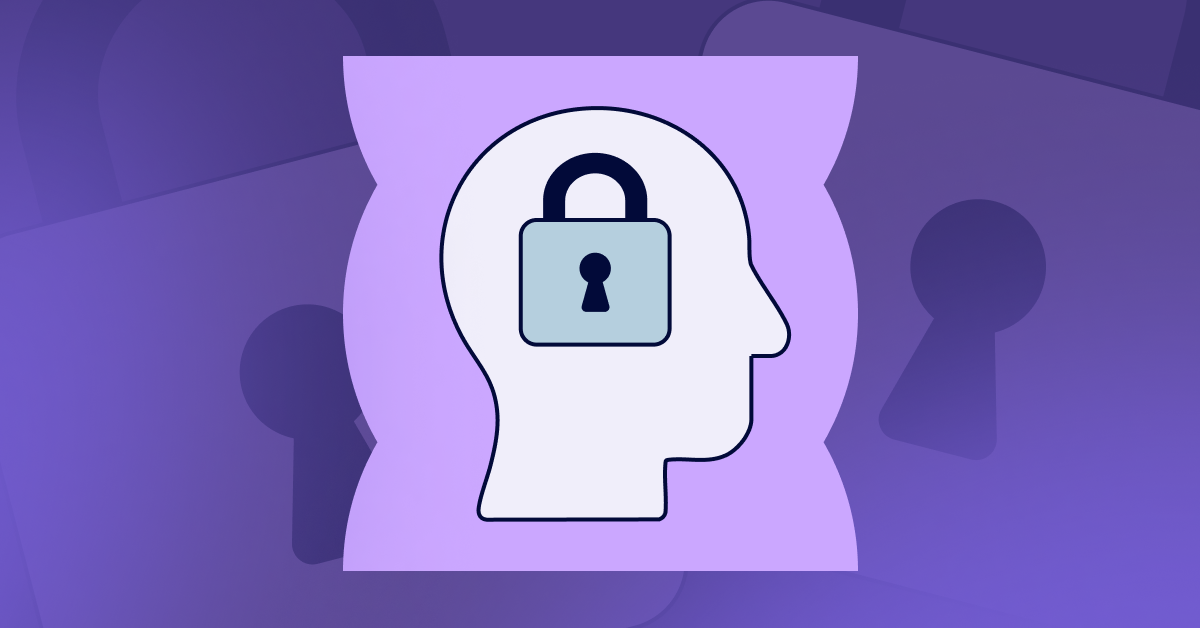Why Most 'Cybersecurity Training' Doesn't Work—and What to Do Instead
Most cybersecurity training programs fail, not because people don’t care, but because the training isn’t designed to change behavior. One-size-fits-all videos, annual check-the-box modules, and generic phishing tests don’t prepare employees for today’s evolving threats. This blog breaks down the key reasons cybersecurity training often falls short and offers practical, role-specific solutions that actually reduce risk. It emphasizes continuous reinforcement, leadership involvement, and real-world simulations, all tied directly into operational workflows. The takeaway: if training isn’t driving better habits, it’s not protecting your business.

Most companies think they're doing their part by running annual cybersecurity awareness training. A video here, a quiz there, maybe a phishing test twice a year. But the data tells a different story: despite widespread training, human error remains the leading cause of cyber incidents.
According to IBM's 2023 Cost of a Data Breach Report, 95% of breaches involved human error. Not outdated firewalls. Not zero-day exploits. Simple mistakes. Clicking a bad link. Reusing passwords. Falling for impersonation tactics. It’s not a tech gap, it’s a behavior gap.
For growing businesses, especially in healthcare, the stakes are higher. You're expanding quickly, hiring fast, and dealing with compliance frameworks like HIPAA. You can't afford to treat cybersecurity training like a checkbox exercise. It's not enough to "raise awareness" if behavior isn't changing.
In this post, we’ll break down why most cybersecurity training doesn’t work, what makes an approach effective, and how your organization can adopt practices that actually reduce cyber risk.
You’ll learn:
- What leads to cybersecurity awareness challenges in real businesses
- How to close the gap between knowledge and behavior
- Which practices lead to lasting change across your team
Why Most Cybersecurity Training Doesn't Work
1. It's Treated Like a One-Time Event
Most training happens once a year. It's disconnected from daily workflows and quickly forgotten. Cyber threats don’t follow an annual schedule—so neither should your training.
2. It Lacks Context
Training is often too generic. Healthcare teams don’t need the same guidance as retail staff. A new hire handling PHI needs different instruction than someone in marketing. When content isn’t relevant, people tune out.
3. It Doesn't Simulate Real Threats
Phishing awareness training that doesn’t mimic modern tactics—like AI-generated impersonation emails—misses the mark. Social engineering is evolving. Your training needs to reflect that.
4. There's No Follow-Up or Reinforcement
Without reinforcement, knowledge fades fast. If no one tracks participation, reviews outcomes, or corrects behavior, users forget what they’ve learned. Cybersecurity compliance training needs repetition to be effective.
5. There's No Culture of Accountability
Employees often see cybersecurity as "someone else’s job." When leadership doesn’t model security habits or communicate expectations clearly, the rest of the team won’t prioritize it either.
What to Do Instead
1. Make Cybersecurity Training Continuous, Not Occasional
Why it matters: Behavior change doesn’t happen overnight. Regular exposure helps shift cybersecurity from a training topic to a workplace norm.
How to implement:
- Run micro-training sessions monthly (5-10 mins max)
- Use just-in-time learning after incidents (e.g., clicking a simulated phishing link)
- Post weekly security tips in team chats or intranets
Business impact: Reduces the long-term risk of repeat errors by reinforcing awareness as a habit, not an event.
2. Tailor Content to Roles and Risk Profiles
Why it matters: People are more likely to engage with content that reflects their actual responsibilities and risks.
How to implement:
- Map out job roles and access levels
- Assign specific training paths for frontline healthcare staff, admins, and executives
- Use examples tied to actual incidents in your industry
Business impact: Better retention and higher engagement lead to fewer policy violations and faster incident reporting.
3. Simulate Realistic Threats Frequently
Why it matters: Employees need to practice spotting modern threats under realistic conditions.
How to implement:
- Use phishing simulations with AI-generated content
- Create scenario-based drills for data handling and response
- Include impersonation and invoice fraud simulations
Business impact: Prepares employees for real-world attacks and identifies high-risk users before they cause a breach.
4. Involve Leadership in Security Habits
Why it matters: People follow what leadership models. If executives ignore security policies, so will everyone else.
How to implement:
- Have managers and execs complete training publicly
- Include security check-ins in team meetings
- Share leadership participation metrics
Business impact: Shifts cybersecurity from an IT task to a company-wide standard, reducing human factor vulnerabilities.
5. Align Cybersecurity With Operational Processes
Why it matters: When security is built into workflows, it becomes easier to follow and harder to ignore.
How to implement:
- Add mandatory security steps to onboarding and offboarding checklists
- Embed MFA requirements into app login flows
- Use endpoint user security tools that prompt good behavior (e.g., password alerts)
Business impact: Reduces the friction between secure behavior and productivity, helping teams stay compliant without slowing down.
It’s Time to Rethink Training
The gap between knowing what to do and actually doing it is where most cyber risks live. And most cybersecurity training fails to close that gap. Not because people don’t care, but because training hasn’t evolved to meet the pace and complexity of real-world threats.
Proactive IT management means treating cybersecurity like part of your culture, not a one-off assignment. That requires structure, context, accountability, and repetition.
As more attackers exploit human behavior instead of technical flaws, your strategy needs to shift too. Invest in approaches that build habits, not just awareness.
If your current training plan still feels like a formality, it might be time for a rethink.
Your business doesn’t just need informed users—it needs secure ones.
we can help
Did you enjoy this content?
Subscribe to our newsletter and get weekly tips on leveraging technology to supercharge your business operations. Don't miss out on the strategies that could transform your company!
.png)

